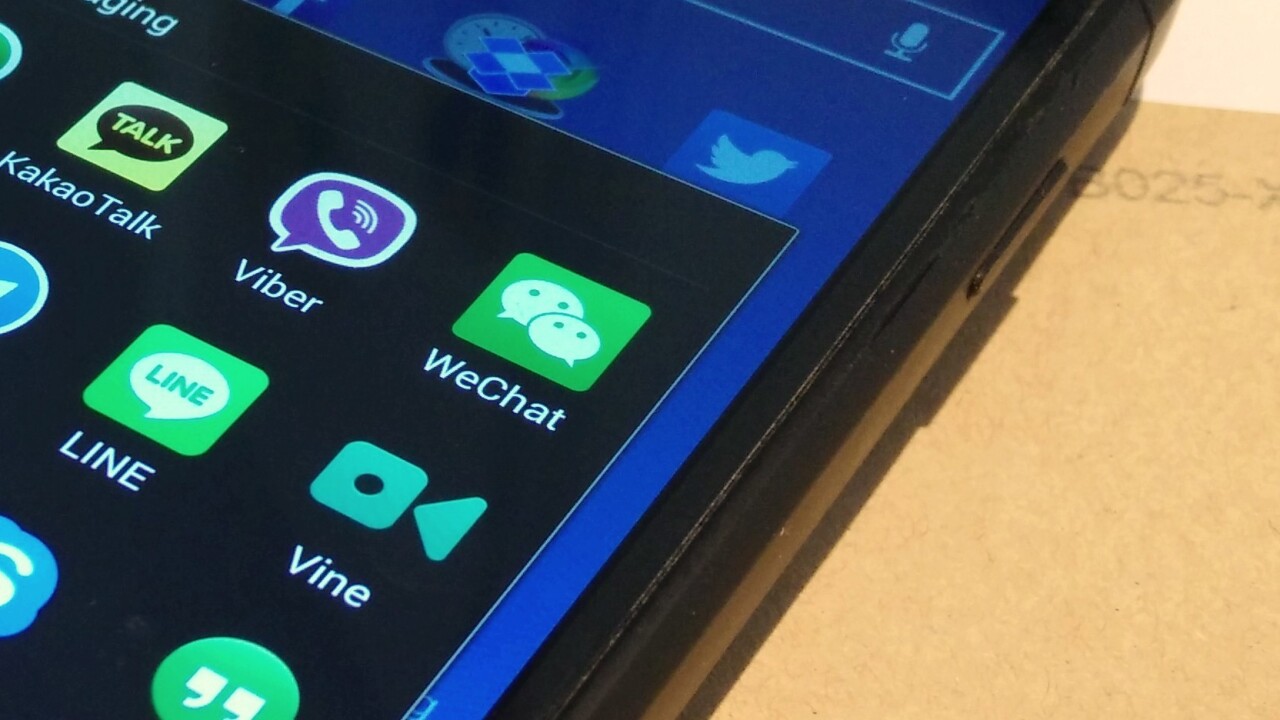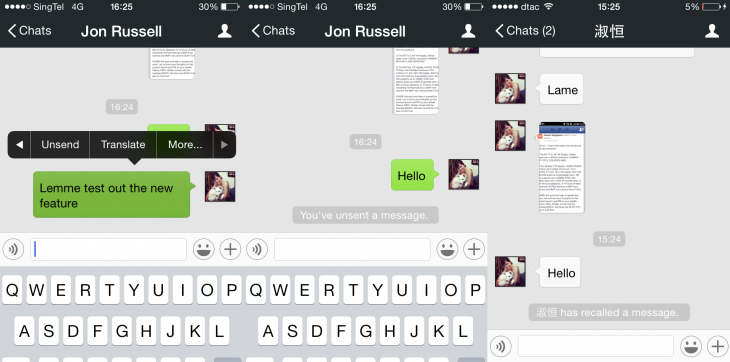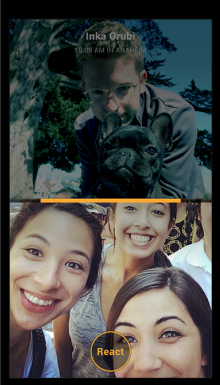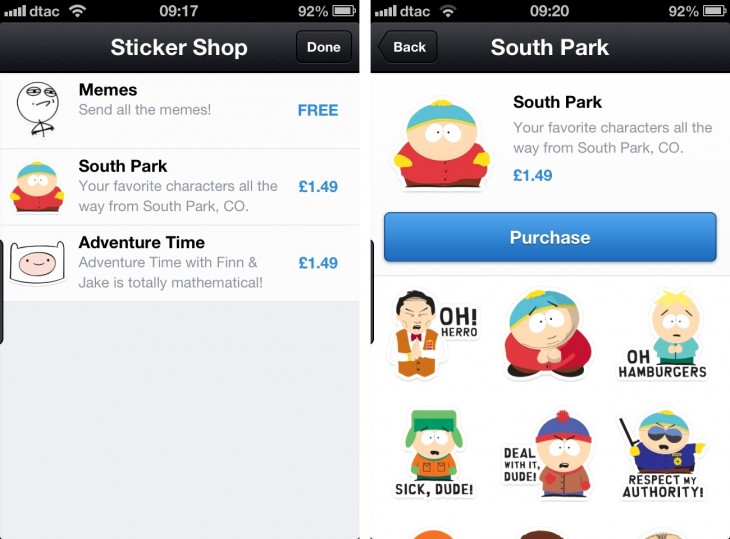
While the last 12 months will be remembered for many things, in the technological realm mobile messaging apps will likely feature prominently in most people’s memory banks.
Of course, the surge in mobile messaging apps has been happening for a while already, and choice is certainly a good thing for those looking to consign SMS to the history books. But when we look back on 2014, it will be difficult to think of any word other than ‘convergence’ when it comes to mobile messaging.
Just this week, Chinese giant Tencent took a leaf out of Snapchat’s book when it gave its WeChat messaging app the ephemeral touch. Users (iOS only for now) can recall the last message they sent within two minutes, thus making it magically disappear from sight. Granted, it’s not exactly like Snapchat, insofar as you have to manually action this, but it’s still indicative of where things are going.

Conversely, Snapchat – long synonymous with fast-disappearing photo-messages – recently added text chat and video calls. Snapchat noted at the time:
“Until today, we felt that Snapchat was missing an important part of conversation: presence. There’s nothing like knowing you have the full attention of your friend while you’re chatting.”
This was all very much still with an ephemeral twist, however, as messages are deleted when the chat screen is closed. Still, to some degree it’s aping WeChat and the myriad of other messaging apps out there.
It’s not just ‘traditional’ mobile messaging apps that are converging either. Instagram has slowly evolved from a photo-sharing app into more of a messaging app, and also now includes the private sharing of photos and videos. Indeed, video support was added just last year, bringing it into a similar space as Vine which, incidentally, also recently introduced direct messaging.
Facebook: Every finger in the messaging pie
You can’t talk about Instagram without talking about Facebook, which acquired the service for $1 billion back in 2012. Chump change in hindsight, when you consider what came next.

The social networking behemoth is fighting tooth-and-nail not only to remain relevant, but to remain at the forefront of the cultural and technological zeitgeist. As such, it bought the perennially popular WhatsApp for a cool $19 billion, and also removed Messenger from the main Facebook mobile app to encourage folk to, well, use the standalone Facebook Messenger app which it argued garners faster replies. Facebook later introduced new multimedia features to this app too, letting users instantly share videos of up to 15 seconds in length, similar to Instagram.
Not content with Facebook Messenger, WhatsApp, and Instagram, Facebook recently rolled out yet another messenger app going by the name of Slingshot, which we called an ephemeral messaging app to rival Snapchat. It’s a bit of a bonkers idea that has divided opinions, but essentially it borrows from other well known apps like Vine, Instagram, and Snapchat. This was made available globally just today.
Degrees of differentiation
While there are many similarities, there is still a degree of differentiation across the messaging space, but that degree is getting smaller by the month.
The likes of Viber, Facebook Messenger, Korea’s Kakao Talk and Japan’s LINE all introduced voice-chat a while back, and we’re currently counting the days to when WhatsApp will jump on that bandwagon. Whether this remains in-app or includes international calls to landlines and mobiles too, like LINE, remains to be seen.
Elsewhere, Viber shook off its mobile roots by introducing desktop apps last year, which brought it into line with the likes of Skype, while LINE, Kakao and WeChat each have a desktop or Web-based app. Similarly, Instagram and Vine both eventually ramped up their Web-based credentials, despite beginning chiefly as mobile-focused services. It’s surely only a matter of time before all mobile messaging services, including WhatsApp, follow suit with incarnations that work from your laptop.
And then there’s stickers, a craze that has long infiltrated the messaging and chat app space. Facebook Messenger has them, LINE is making a pretty penny from them, while Kik introduced them last year. WhatsApp knows about stickers, but most of its revenue still emanates from annual subscription fees for now.

Yes, there are still some differences between messaging apps. Some are a little more ephemeral than others, some focus on encryption, some throw more stickers and games at you than others, some offer 6-second looping videos, while others focus on 15 second non-looping videos.
But it’s clear that every app wants to be everything to everybody, and they’re all moving beyond simple ‘chat’ to become holistic social and entertainment networks, with ‘chat’ serving as the glue. And the way things are going, it seems that by roughly this time next year, every mobile messaging app will be the same.
Related read: 22 of the best mobile messaging apps to replace SMS
Get the TNW newsletter
Get the most important tech news in your inbox each week.





